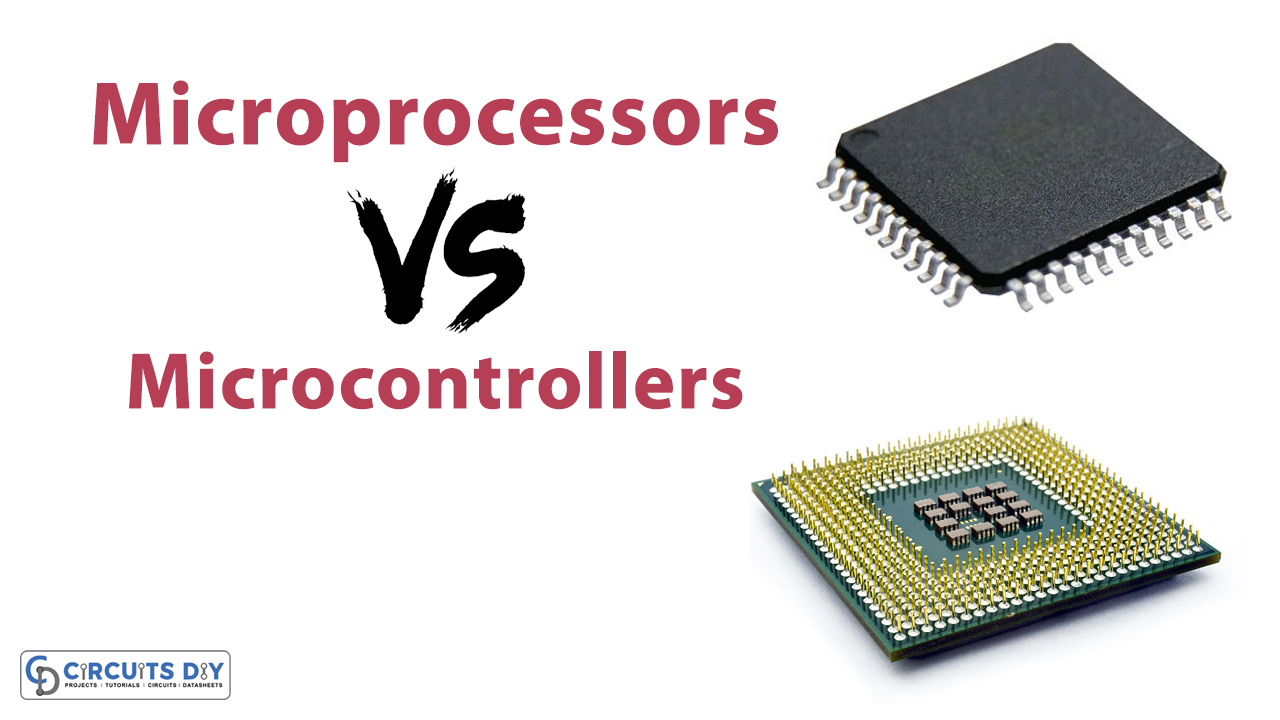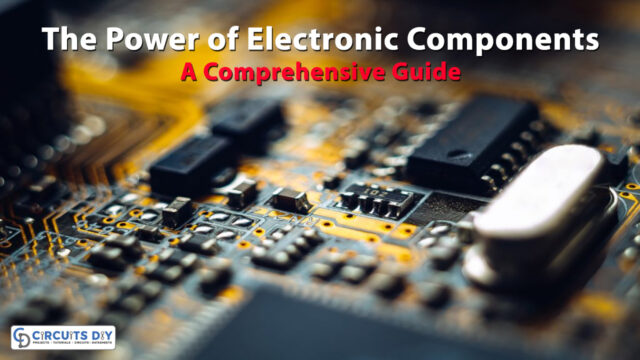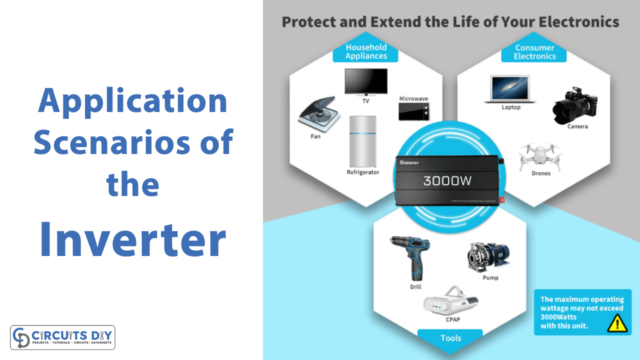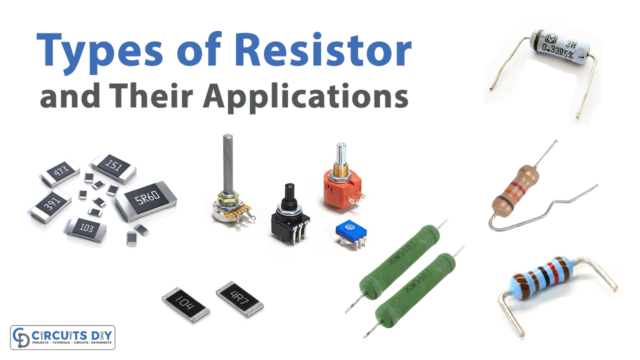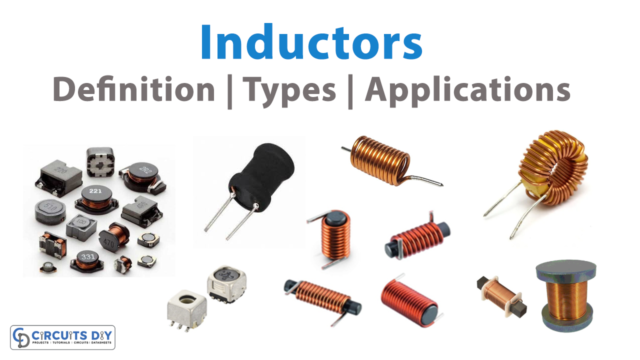Microprocessors and microcontrollers play a pivotal role in powering a wide range of devices. From smartphones and computers to industrial automation systems, these compact yet powerful computing devices are essential components in countless applications.
Understanding the differences between microprocessors and microcontrollers is crucial before selecting the appropriate component for a specific application. In this blog post, we will explore the unique characteristics of microprocessors and microcontrollers, shedding light on their individual functionalities and applications.
Microprocessors
Commonly known as the “brain” of a computer, microprocessors are integrated circuits that function as central processing units (CPUs). They are designed to execute instructions and perform arithmetic and logical operations for general-purpose computing.
Microprocessors power a wide array of devices, ranging from desktop computers and smartphones to gaming consoles and industrial machinery.
One notable aspect of microprocessors is their versatility. They are built to handle various types of applications and can be used in different systems by integrating them with additional hardware components.
They usually comprised several cores, each capable of executing instructions independently. This parallel processing capability enables them to handle multiple tasks simultaneously, leading to enhanced performance in demanding applications.
Microcontrollers
In contrast to microprocessors, microcontrollers are specialized integrated circuits that combine a microprocessor core with memory and input/output (I/O) peripherals. Microcontrollers are designed to serve specific purposes and are commonly found in embedded systems.
These systems are typically dedicated to performing a particular function or set of functions, such as controlling the operation of household appliances, automotive systems, and medical devices.
One of the most significant advantages of microcontrollers is their compactness and low power consumption. These features make them ideal for applications where physical size, power efficiency, and cost are critical factors.
Additionally, microcontrollers are often equipped with a variety of I/O interfaces, including analog-to-digital converters (ADCs), digital-to-analog converters (DACs), timers, and communication ports, enabling seamless integration with external components.
Microprocessors vs. Microcontrollers: Understanding the Differences
Now that we have a basic understanding of microprocessors and microcontrollers, let’s dive deeper into their key differences:
Architecture
Microprocessors typically use complex instruction set computing (CISC) architectures, offering a wide range of instructions for versatile computing tasks.
In contrast, microcontrollers usually employ reduced instruction set computing (RISC) architectures, which simplify the instruction set for faster and more efficient execution in real-time applications.
Memory
Microprocessors rely on external memory units to store program instructions and data. This flexibility allows for expansion but also adds complexity to the system design.
On the other hand, microcontrollers have built-in memory, including read-only memory (ROM) for program code storage and random-access memory (RAM) for data storage. This integrated memory makes microcontrollers more compact and cost-effective.
Processing Power
Microprocessors are designed for high processing power and are capable of handling complex computations and multitasking. They are commonly found in devices such as personal computers, servers, and smartphones.
Microcontrollers, however, prioritize efficiency and power consumption over raw processing power. They are often used in embedded systems where real-time control and precise operations are required.
Input/Output (I/O) Peripherals
Microprocessors typically have limited built-in I/O peripherals and rely on external components for interfacing with the outside world.
Microcontrollers, on the other hand, are equipped with a wide range of built-in I/O peripherals, such as ADCs, DACs, timers, and communication ports. This makes them more suitable for applications that require seamless integration with external devices and sensors.
Power Consumption
Microprocessors are known for their higher power consumption due to their complex architecture and higher clock speeds. This makes them more suitable for applications where power efficiency is not the primary concern.
In contrast, microcontrollers are designed to operate on lower power and are often used in battery-powered devices or systems where energy efficiency is critical.
Application Focus
Microprocessors excel in general-purpose computing and are commonly used in devices that require complex computations, multitasking capabilities, and large-scale data processing. They are prevalent in personal computers, gaming consoles, and scientific research applications.
Microcontrollers, on the other hand, are specifically designed for embedded systems and real-time applications that require precise control and reliable operation. They are widely used in automotive systems, household appliances, medical devices, security systems, and industrial automation.
In case you want to get them, you can find the latest microcontrollers and microprocessors for specific applications at IC Online.
Final Words
Microprocessors and microcontrollers are not interchangeable components but rather serve distinct purposes in the realm of computing.
Microprocessors shine in general-purpose computing, offering high processing power and versatility, while microcontrollers are optimized for specific tasks in embedded systems, prioritizing efficiency, compactness, and real-time control.
By understanding the characteristics and differences between these two components, engineers and developers can make informed decisions when selecting the appropriate solution for their applications.


